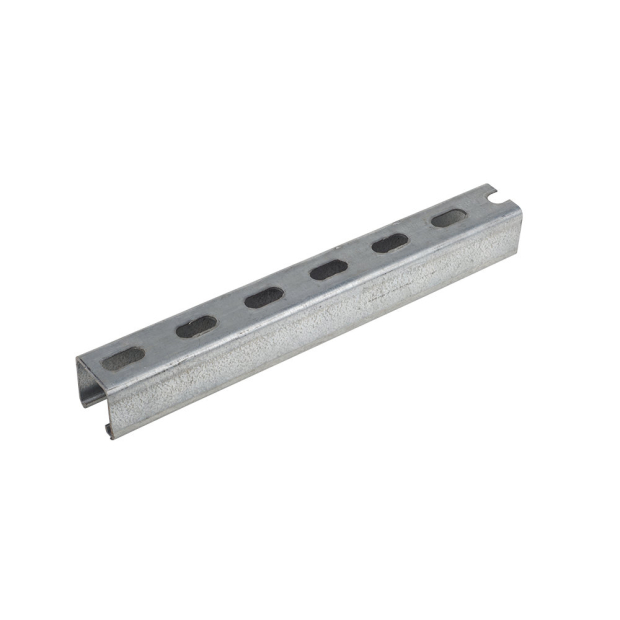A Brief Introduction to Struts

To put it simply, the strut is a structural part of the majority of contemporary independent suspension systems that act as a point of contact between the wheel and the car’s body. The majority of front-wheel-drive vehicles have them installed at the top of the chassis at the front end. Struts are not just used in front-wheel-drive systems, though. The struts’ main function is to support the weight of the car while also absorbing impacts from the road and providing a smooth ride.
The spring seats, strut bearing, and steering knuckle are further strut geometry components. Struts are normally fitted in connection with the front wheels, although they can also be put at the rear wheels, depending on the configuration and driveline of a vehicle. There are several strut kinds, just like there are various automobile types. The MacPherson strut, which uses the top of a telescopic damper as the upper steering pivot, is the design that vehicle manufacturers use the most frequently. A MacPherson strut functions as a shock absorber but is also designed to withstand heavy lateral stresses, such as those experienced while the vehicle is turning. The Coilover strut and the air strut are two other popular strut types.
How Struts improves the drive quality
Struts are important parts of your vehicle because they help make your ride safe and comfortable. Imagine your car or truck as a big, heavy box on wheels. When you drive over bumps or uneven roads, the box tends to bounce and shake. Struts are like special shock absorbers that keep the bouncing and shaking under control.
According to the cantilever channel manufacturer, when the struts are working properly, they will lessen the bounce that a car might otherwise experience while driving normally. As a result, the ride is smoother and leveler for passengers, absent of most unwelcome oscillations and jarring jerks. Because they are essential to both the suspension and the steering systems, struts are crucial to the overall performance of a vehicle. They affect the overall ride comfort and load-bearing capacity as well as braking efficiency, wheel alignment, and turning capability.
Here’s why they matter:
Smooth Ride:
Struts help your vehicle handle bumps and potholes better, so you don’t feel every little bump in the road. This makes your ride more comfortable.
Control:
They help you steer your car or truck properly. Without good struts, your vehicle might feel wobbly or hard to control, especially when you turn or brake.
Safety:
Struts also help with your vehicle’s stability. If you suddenly need to swerve or stop, they make sure your tires stay in contact with the road, so you can stay in control and avoid accidents.
Types of Struts
In simple words, struts are like your car’s shock absorbers that keep your ride smooth, help you steer well, and keep you safe while driving. So, they’re pretty important!
let’s talk about the different types of struts in simple terms:
MacPherson Struts:
These are the most common types of struts in cars. They are like a combination of a shock absorber and a spring in one unit. MacPherson struts are simple and cost-effective, making them popular in many vehicles.
Coilover Struts:
Coilover struts are similar to MacPherson struts but have an adjustable coil spring. This allows you to change the height of your vehicle or adjust its handling characteristics, making them popular among car enthusiasts.
Shocks with Independent Springs:
Some vehicles use separate shock absorbers and springs instead of combined struts. These are typically found in trucks and larger vehicles. The shock absorber controls bouncing, while the spring supports the weight of the vehicle.
Air Struts:
These struts use air instead of traditional coil springs. They’re often found in luxury cars and SUVs. Air struts can adjust the vehicle’s height, providing a smooth ride and allowing for different driving modes.
Heavy-Duty Struts:
These struts are designed for trucks and SUVs that carry heavy loads or tow trailers. They are sturdier to handle the extra weight and provide better stability.
In simple terms, struts come in various types, with each type suited for different purposes. Some are common in regular cars, while others are used in special situations or for specific needs, like adjusting your car’s height or handling heavy loads. So, the type of struts in a vehicle depends on what the vehicle is designed to do.
Difference between Struts and Shocks
The phrases “shocks” and “struts” are sometimes combined or used interchangeably, however, this can be confusing. The two components differ significantly from one another. Shocks are primarily used to absorb bumps at each wheel, but they are not necessary for a car or truck to operate. On the other hand, struts serve a variety of purposes, including serving as a shock absorber, and are vital to the proper running of a vehicle. The car may be controlled and moved about thanks to the struts.
When you need to replace the struts
Your struts from wholesale strut channel suppliers need to be regularly inspected by a certified technician to ensure they are in good functioning condition. Along with free tire and brake checks, this service is provided by many auto repair shops and garages. It’s crucial to have struts evaluated especially for rust and corrosion if you live in an area with higher precipitation levels. Generally speaking, strut repair should be done between 60,000 and 80,000 miles, although it should be done sooner if your automobile often tows big weights or travels on dirt roads. Struts may wear out more quickly under these circumstances.
There are many signs that your struts may require repair in addition to mileage and heavy use. Any of the following symptoms, as well as any indications of a hydraulic fluid leak under the tire well, are examples of these: an overall harsh ride, a pronounced vibration after riding over a bump, dull or unresponsive steering, sudden tire tread wear, wheel wobble during braking, swaying or excessive body roll when making a turn.




